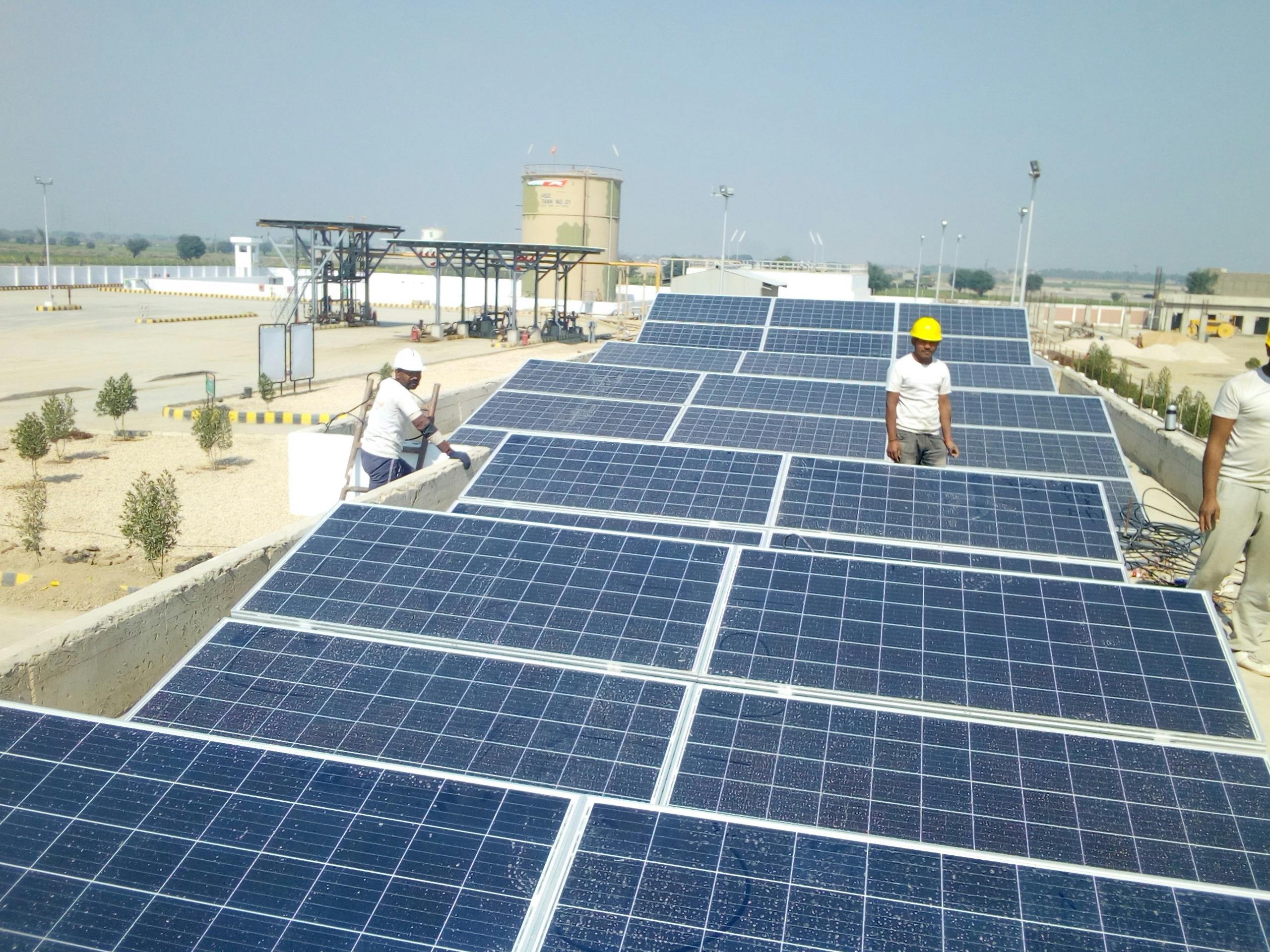Introduction:
Selecting the right power system manufacturer for your power distribution needs is a critical decision that can have a substantial impact on the performance, reliability, and safety of your electrical infrastructure. Hartek India, as a leading power system manufacturer, offers a range of compelling reasons why partnering with us is essential for meeting your power distribution requirements effectively.
Complies with Standards and Regulations:
Power distribution systems must adhere to stringent safety and regulatory standards established by national and international organizations. By choosing Hartek Group India, you ensure that all our equipment is fully compliant with these standards, such as IEC-62271/IS3427 and IEC 61439/IS8623 (TTA & PTTA)., minimizing the risk of non-compliance, legal issues, and safety concerns.
Additionally, our products are authenticated by TPI Labs like CPRI and ERDA. Moreover, our collaboration with Schneider Electric and Rittal further validates our commitment to quality and compliance.

Certified Partner
Quality and Reliability:
As a power system supplier, Hartek India is dedicated to providing high-quality products that meet industry standards. We understand that power distribution systems are vital components of critical infrastructure, and any faults or failures can result in significant downtime, safety hazards, and financial losses. By partnering with Hartek India, you reduce the risk of poor-quality equipment and enhance the overall reliability of your power distribution system.
Expertise and Technical Support:
With extensive experience and expertise in designing, manufacturing, and implementing power distribution solutions, Hartek India stands as a reliable partner. As a leading power system manufacturer, we offer valuable technical support and guidance throughout your project’s lifecycle. From initial planning and system design to installation, maintenance, and troubleshooting, our knowledge and support optimize the performance and efficiency of your power distribution system.
Warranty and After-Sales Service:
Hartek India stands firmly behind its products, providing comprehensive warranty coverage. By selecting us as your power system supplier, you gain access to a robust after-sales service program that ensures technical assistance, replacement parts, and repairs, if necessary. This support minimizes downtime, extends equipment lifespan, and maintains the overall efficiency of your power distribution system.
Innovation and Technology Advancements:
As technology continues to evolve, Hartek India remains at the forefront of innovation. Partnering with us guarantees access to the latest advancements, including smart grid capabilities, energy management systems, and improved energy efficiency. Staying updated with these technological advancements can result in cost savings, enhanced operational efficiency, and a more sustainable power distribution infrastructure.
Safety Concerns:
Hartek Group India prioritizes the safety of assets and people. Our commitment to safety is reflected in the use of the best equipment for testing power distribution products, ensuring compliance with electrical standards. You can trust that your power distribution system will be designed and manufactured with utmost safety in mind.
FAQ’s:-
1. Why should I choose Hartek India as my power system manufacturer?
Hartek India ensures high-quality, compliant, and reliable power distribution solutions backed by technical expertise and after-sales support.
2. Does Hartek India comply with national and international standards?
Yes, our products comply with IEC-62271, IS3427, IEC 61439, and IS8623 standards, ensuring safety, reliability, and regulatory compliance.
3. What after-sales support does Hartek India provide?
We offer comprehensive warranty coverage, technical assistance, replacement parts, and repair services to ensure minimal downtime.
4. How does Hartek India incorporate innovation in power systems?
We integrate smart grid capabilities, energy management systems, and advanced technology to enhance efficiency and sustainability.
5. What safety measures does Hartek India implement in its power systems?
We prioritize safety by using top-quality testing equipment and ensuring compliance with stringent electrical safety standards.



